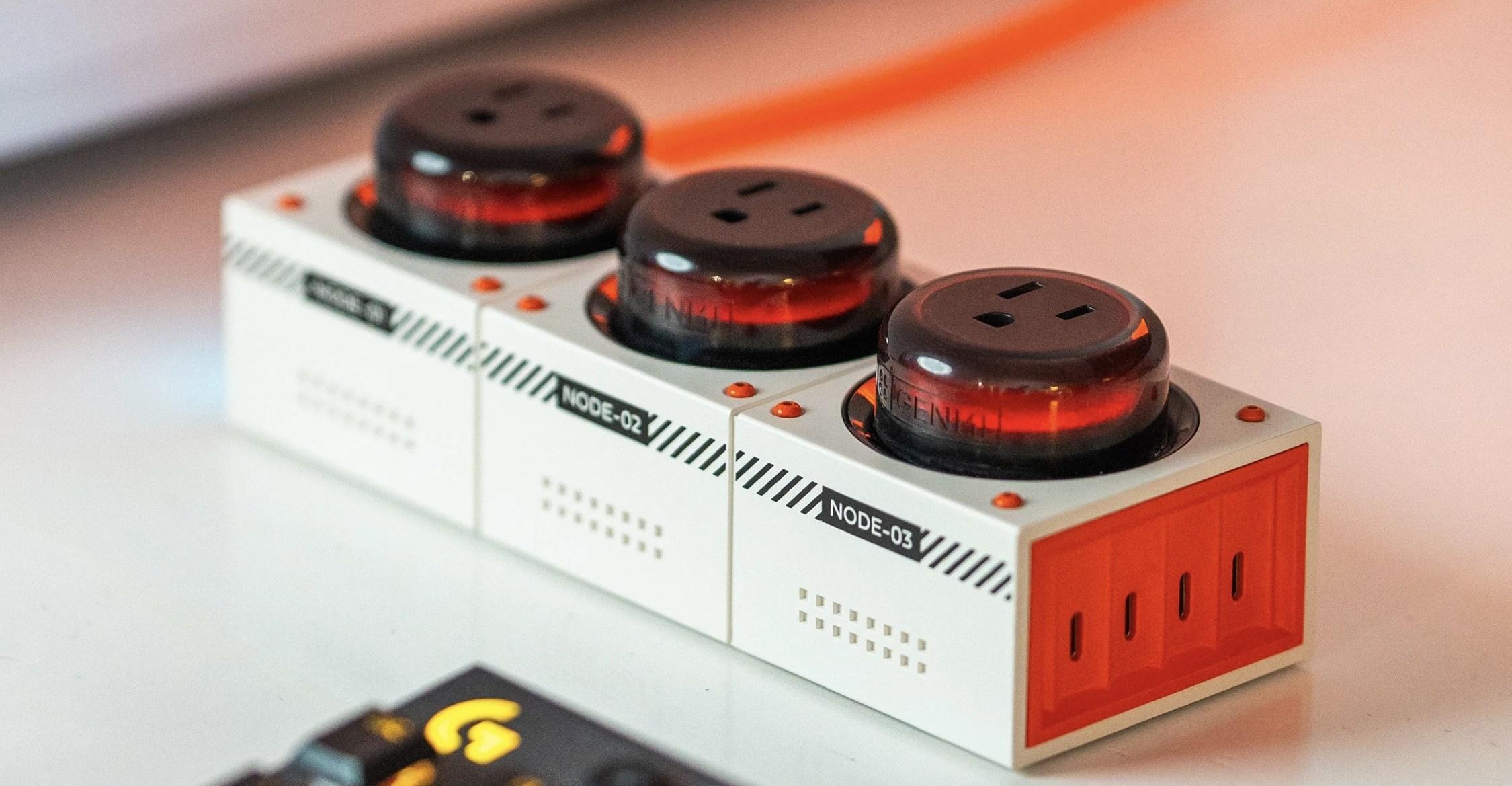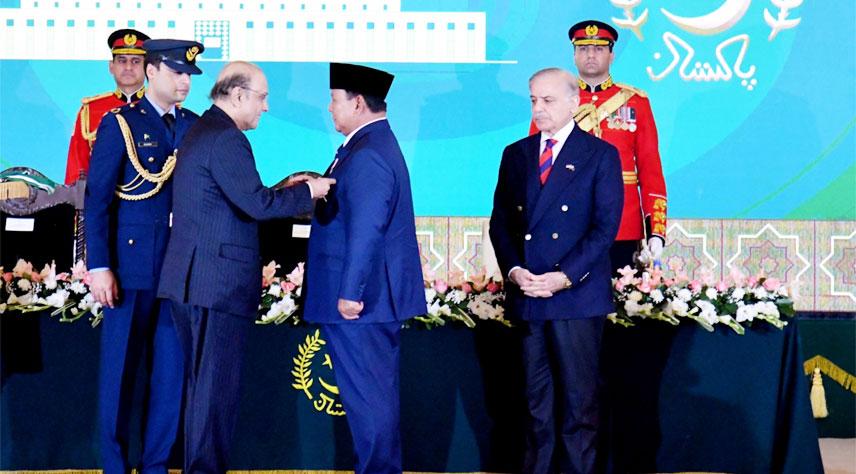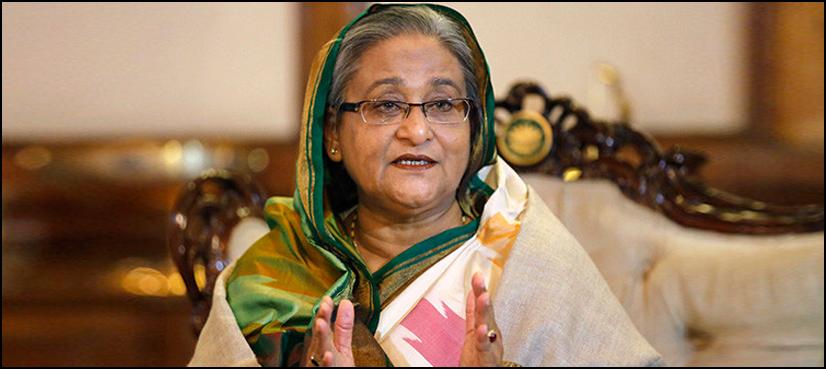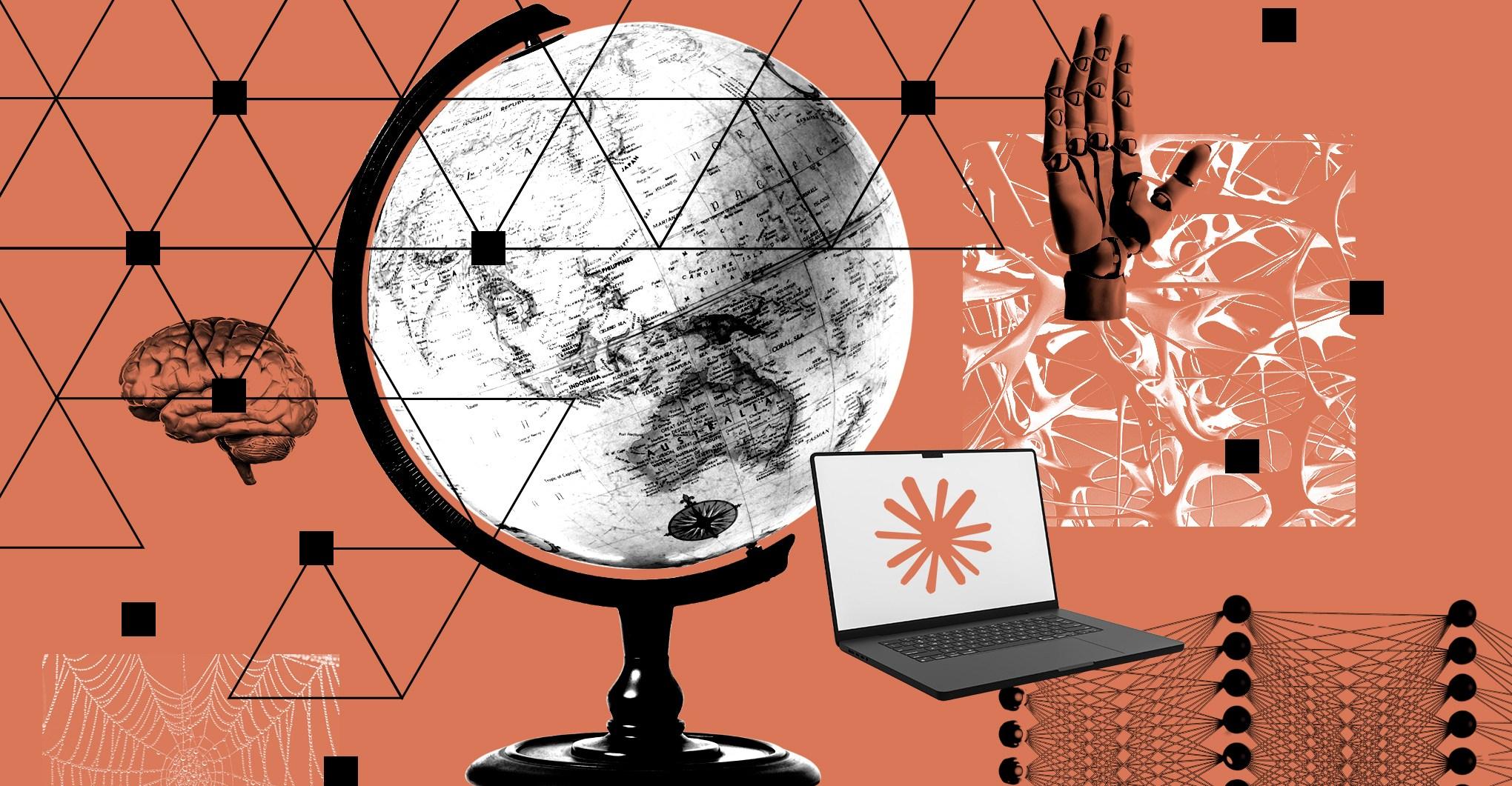India transitioned from transit point to key supplier of narcotics globally


India is increasingly becoming a hub for cocaine, methamphetamine, and other narcotics. Sophisticated smuggling methods, domestic drug labs, and international cartel links fuel both global trade and rising addiction among Indian youth. It warns of an alarming domestic crisis and India’s growing role in global narcotics trafficking.
India has transitioned from a transit point to a key supplier of narcotics globally, exploiting international smuggling routes.
Since Modi’s take-over in 2014, deregulation and policy gaps under the current administration have enabled the drug trade to thrive; a significant increase in drug seizures correlates with the expansion of smuggling routes and domestic drug labs.
In October 2024, 518 kilos of cocaine were seized from a pharmaceutical company in Gujarat, linking India to international drug syndicates.
As per the UNODC report of 2024, India has become a major hub for illicit shipments, with precursor chemicals from Indian industries found in meth labs worldwide.
India plays a critical role in the global meth crisis, with illicit labs supplying Central America, Africa & Asia. The discovery of a meth lab linked to Nigerian operatives in Delhi in 2024 exemplifies India's contributions to the global epidemic.
The Indian diaspora acts as a network for drug distribution, particularly in Europe and North America.
As per DRI report, smugglers in India employ advanced techniques, increasing global narcotics penetration; the rise of chemically masked ‘black cocaine,’ conventionally undetectable, demonstrates India's growing sophistication.
Indian cartels collaborate with international criminal organizations, intensifying the global drug problem.
A clandestine meth lab in Greater Noida in 2024 was linked to a Mexican cartel, showcasing India’s integration into international syndicates (Narcotics Control Bureau, 2024).
The Indian government benefits financially from the export of precursor chemicals used in narcotics production. In the same connection, as per UNODC report, India's pharmaceutical industry produces ephedrine and pseudoephedrine, essential for meth production, often diverted illegally.
India’s unchecked narcotics trade has fueled the domestic addiction epidemic, especially among youth; a 2023 parliamentary report revealed over 6.6 Mn drug users with 0.34 Mn children consuming opioids in Punjab alone.
In an interview to DW, Dr Yasir Rathore (Govt Medical College) and Dr Sajid Mohammad Wani (Rehab Center of Shri Maharaja Hari Singh Hospital Sri Nagar) pointed out an alarming increase in Heroin addiction from rarely 3-4 cases in 2014 to 200-250 cases per day in 2024.
Indian Navy's lack of vigilance has allowed maritime drug smuggling to flourish; numerous drug shipments to and from coastal regions like Gujarat and Mumbai intercepted since 2020, suggesting weak maritime oversight.
Media reports suggest elements within the Indian army facilitate drug trafficking through northeastern border areas and sophisticated drug operations in regions like Mizoram raise questions about institutional involvement.
COURTESY: DW

Genki’s colorful, powerful power strip is 25 percent off
- 5 hours ago

Analogue is restocking its 4K N64 and making it more colorful
- 5 hours ago

Manafaingana ny famonjenan’ireo tanalahy mampalaza an’i Madagasikara ireo manam-pahaizana satria efa mitatao ny afo.
- 3 hours ago

President confers Nishan-e-Pakistan on Indonesian President
- 11 hours ago

Traditional gender roles won’t get men what they want
- 3 hours ago

OpenAI says it’s disabled ad-like app promotions in ChatGPT
- 5 hours ago

Betting scandals broke sports. Could prediction markets do the same to politics?
- 3 hours ago

The Verge subscription turns one
- 5 hours ago

Skateboarding is better in hell
- 5 hours ago

AI ‘creators’ might just crash the influencer economy
- 5 hours ago

How the Supreme Court is using Trump to grab more power for itself
- 3 hours ago

Govt does not believe in using NAB for political vendetta: PM Shehbaz
- 12 hours ago




